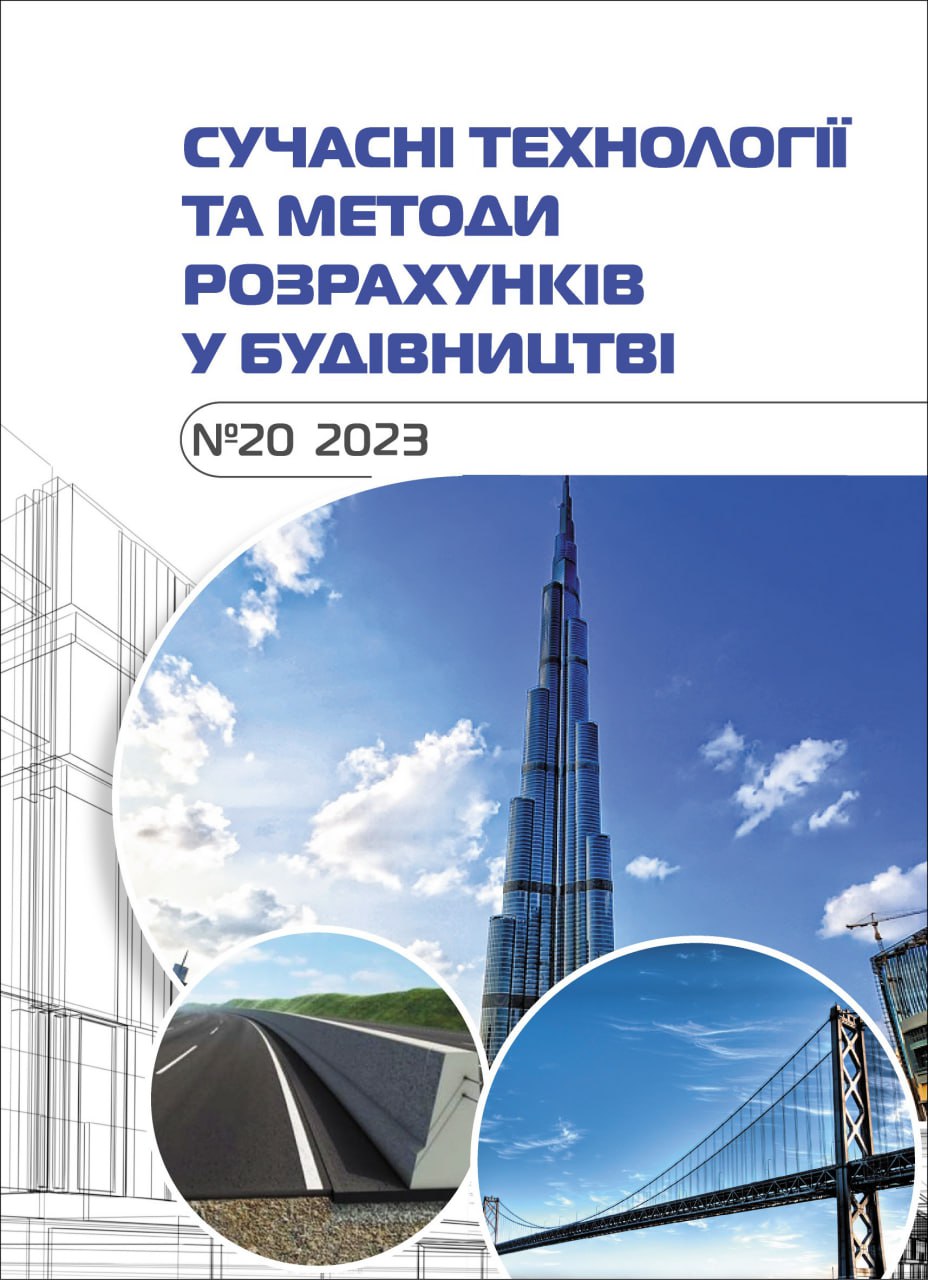The work of wood in fresh and marine water environments
DOI:
https://doi.org/10.36910/6775-2410-6208-2023-10(20)-13Keywords:
wood, fresh water environment, marine environment, mechanical properties, strength.Abstract
Wooden elements and structures are also used quite often in the construction of industrial, civil facilities and engineering structures. They include beams, trusses, arches, scaffolding, rafter systems, decking, purlins, and columns. We will be especially interested in the work of elements and structures that are affected by aggressive water environments. These include fresh and marine. The operation of such elements and structures can be found during the operation of engineering structures (bridges, bridge crossings, sea piers, shore-fortifying engineering structures) under such operating conditions.
In the middle of the last century, German researchers Kollmann F., Kuffner M. established that with an increase in the moisture content of wood, its main mechanical properties deteriorate (from 10 to 30%). In particular, it was established that the temporary strength of wood increases when stretched along the fibers at a moisture content of 0 to 10%, and decreases continuously from 10 to 30%. At a humidity of more than 30%, this indicator is unchanged.
According to regulatory documents, the mechanical characteristics of materials are calculated and given at a standard humidity of 12% and a temperature of 20 0C for samples of clean wood with a section of 20x20x30mm. If they are operated at a different humidity and temperature, they are recalculated to the standard humidity.
References and standards also present conversion coefficients of the relationship between strength (for compression along the fibers, chipping, bending) and moisture content of wood.
Homon St.St. the change of the main mechanical characteristics under axial compression along the fibers of deciduous and coniferous species at a moisture content of 12 to 30% already under a strict test regime was established. The author proposed methods for determining critical and limit deformations at different moisture levels; complete wood deformation diagrams are constructed. A model of the real work of wood under axial compression along the fibers is proposed.
Therefore, in the future, it is necessary to carry out experimental and theoretical studies of the mechanical properties of wood of various species under various types of load and during long-term operation in the water environment (river and sea).


